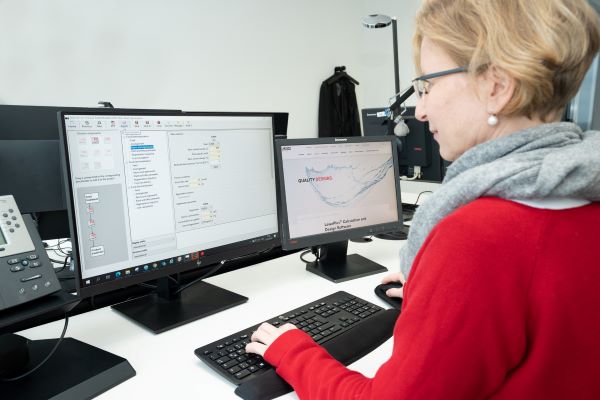The new module of the LewaPlus design software from LANXESS enables the dimensioning of ion exchange systems for food applications

LANXESS has added a new function for the food industry to its LewaPlus design software. Photo: LANXESS AG
LANXESS has added another function for the food industry to its LewaPlus design software. This enables the dimensioning of ion exchange systems including a number of special process configurations that can be optimally achieved with Lewatit types specially developed for food applications.
This addition covering the calculation of demineralization systems for aqueous gelatin and collagen solutions is fully integrated in the software’s food module, regularly updated and available right now. There will be no charge for using the software nor for participating in a webinar series that LANXESS will be offering in July 2023 for training purposes.
Rolled out more than ten years ago, LewaPlus is a highly intuitive and comprehensive tool aiding in the planning and design of industrial water treatment facilities with ion exchange and membrane systems.
“Lewatit users can now monitor the performance of existing gelatin and collagen demineralization systems in a user-friendly and practical manner and also design new systems. LewaPlus helps our customers to reduce waste, chemicals and water consumption – all aspects that are becoming ever more important,” says Dr. Nadja Hermsdorf, Technical Marketing Manager in the Liquid Purification Technologies (LPT) business unit at LANXESS.
“The intention is to add more features and functions to LewaPlus in the future. We’re planning to support system design for even more food industry products, such as liquid sugar, thin beet sugar juice and basically all components of food and drink that are treated with ion exchange resins in order to significantly enhance product quality and meet market demands,” says Hermsdorf.
The software features a cost calculation tool for determining the investment and operating costs of a production facility for treating gelatin and collagen solutions. The investment costs include expenses for installing the system and procuring the ion exchange resins. The operating costs comprise expenditure on regeneration, water consumption and wastewater disposal. A cost forecast helps users to estimate the expenses over the course of the system’s planned total service life.
Subscribe to our newsletter & stay updated.